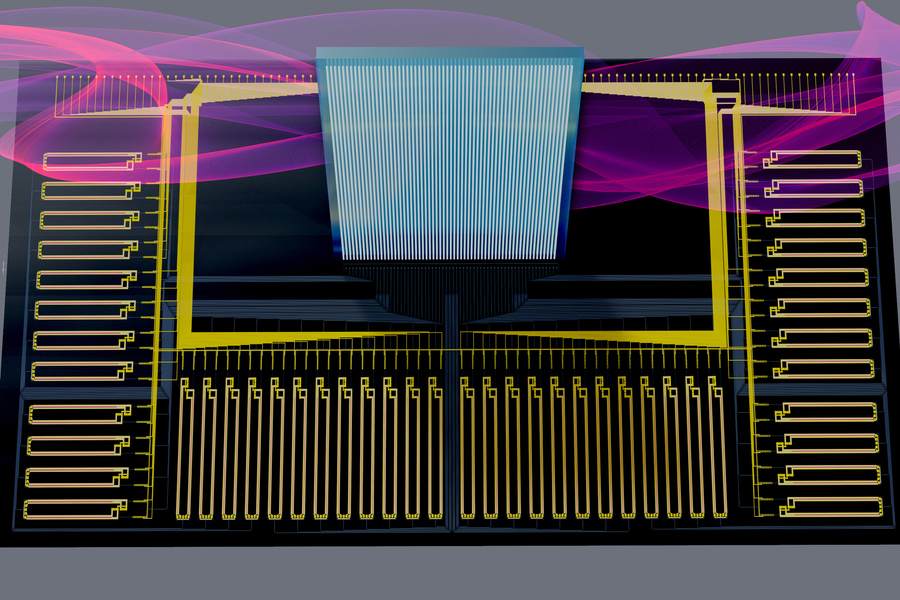
Generative adversarial networks (GANs), a class of machine learning frameworks that can generate new texts, images, videos, and voice recordings, have been found to be highly valuable for tackling numerous real-world problems. For instance, GANs have been successfully used to generate image datasets to train other deep learning algorithms, to generate videos or animations for specific uses, and to create suitable captions for images.
Researchers at the Computer Vision and Biometrics Lab of IIT Allahabad and Vignan University in India have recently developed a new GAN-based model that can generate compressed images from text-based descriptions...
Read More








Recent Comments